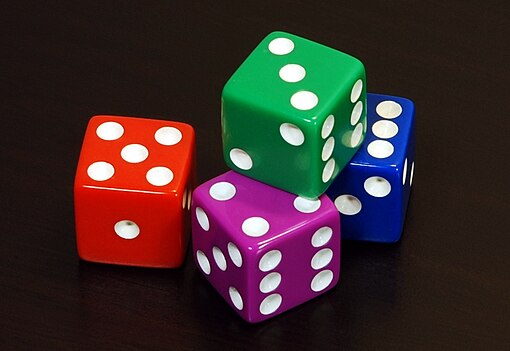Course:FRST 231 DE/Rules of Probability
This quiz is designed to help you gain confidence with the concepts covered in Module 2 of FRST 231. Do your best to solve each question, then click "Submit" for the answers and an explanation.
Topics covered in this quiz include:
- Rules of probability
- Conditional probability
- Venn diagrams
- Probability trees
- Bayesian probability
- Counting techniques
NOTE: Unless the question states otherwise, please write all probabilities as decimals (i.e. numbers between 0 and 1) instead of percentages (i.e. a number between 0 and 100).
Question 1
Question 2
Question 3
Question 4
For Question 2 above, which of the following Venn diagrams is correct?
Question 5
The average deck of cards has four suits. Within each suit there are 3 face cards (jack, queen, king) and 10 non-face cards (ace, 2 to 10).
Complete the following tree diagram which shows the conditional probabilities of receiving face cards or non-face cards when three cards are randomly drawn without replacement. A few answers are provided to get you started. NOTE: It will be easier to answer the following questions if you draw your own tree diagram and fill your answers in. (Round answers to 3 decimal places)
Question 6
Question 7
Question 8
The table below contains enrolement data for a number of faculties at UBC's Vancouver campus in 2021.
| Forestry | Applied
science |
Arts | Science | LFS | Business | Total | |
| Undergraduates | 1179 | 5712 | 14861 | 9605 | 1833 | 5767 | 38957 |
| Graduate students | 374 | 2350 | 1966 | 1758 | 239 | 794 | 7481 |
| Total | 1553 | 8062 | 16827 | 11363 | 2072 | 6561 | 46438 |
|---|
Based on this data, what are the following probabilities if you select a student at random? (Round to 3 decimal places)
Question 9
A recent study looked at 422,966 people in Los Angeles who caught COVID-19. Within this sample, 141,928 were unvaccinated, 224,853 had received two vaccines, and 56,185 had received a booster (3 total vaccines). Within the unvaccinated group, 3,989 people were hospitalized due to COVID, while 2,295 people were hospitalized from the group with two vaccines and 413 people were vaccinated from the group with the booster.
A person arrives in a Los Angeles hospital with COVID. What is the probability (rounded to 3 decimals) that they...
Question 10
Match each scenario with the most appropriate counting method.
A. Finding the number of possible hands in a game of poker
B. Finding the number of possible outcomes from flipping a coin 100 times
C. Finding the number of possible ways of arranging potted plants in a window display
Question 11
12 UBC students are at the Bookstore trying to purchase their course materials.
Question 12
A keypad uses the numbers 0-9 to make passwords which are 4 digits long.





